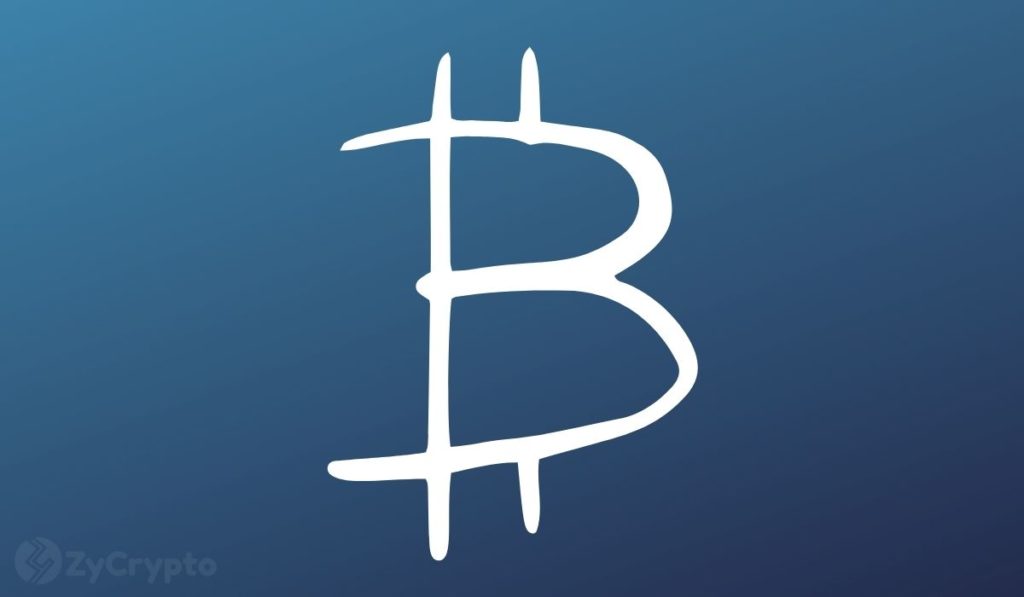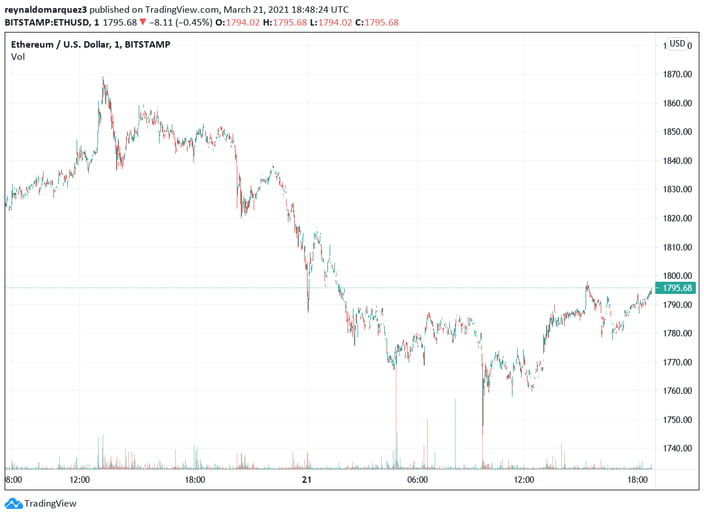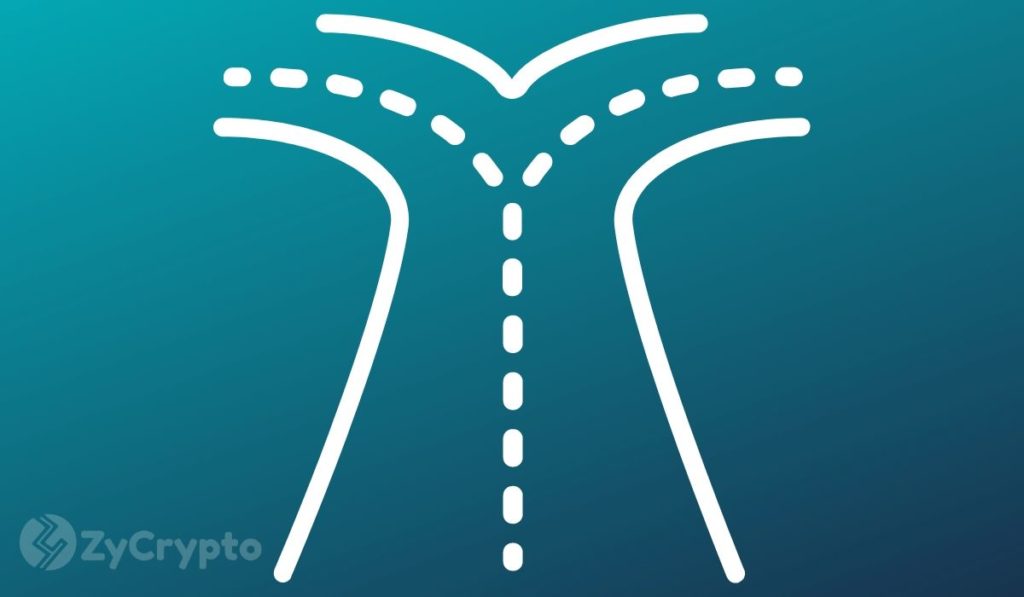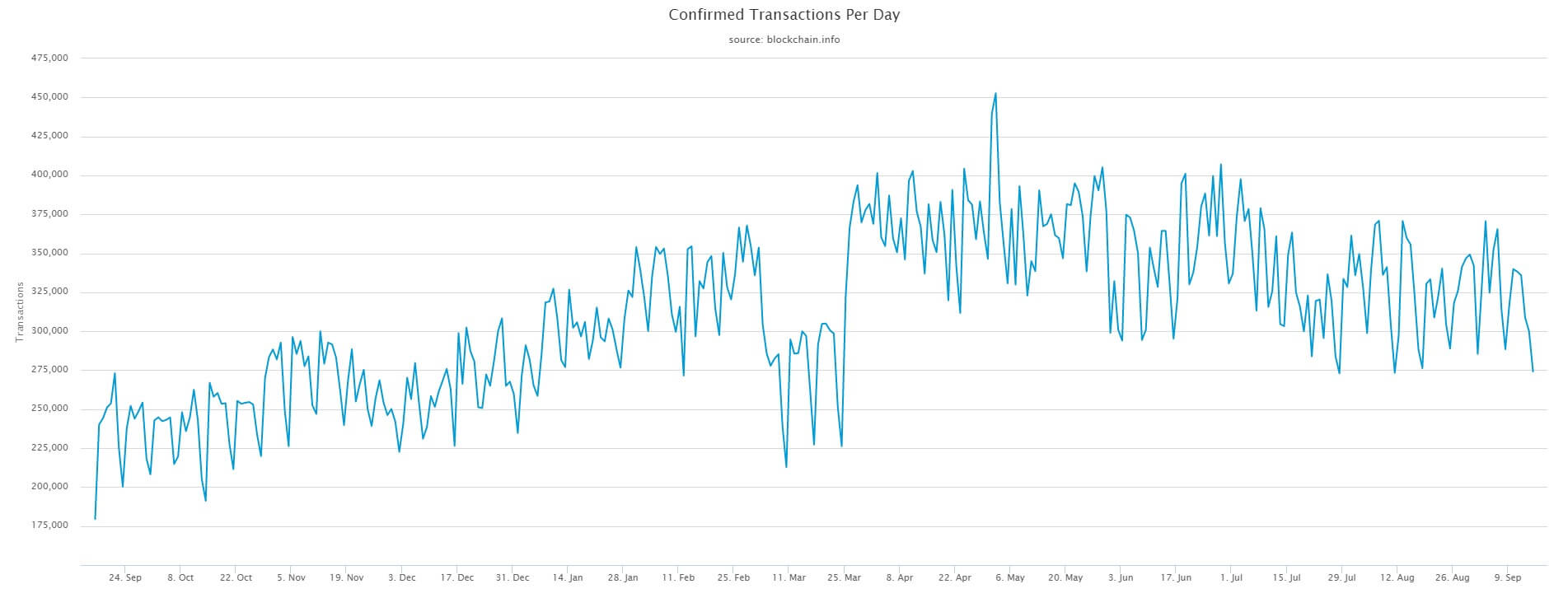
2022-8-3 23:29 |
Sometimes people forget that DeFi really only got started in 2020. Therefore, the nascent sector is now entering the first bear cycle of its young life.
Despite this, innovation continues. One such sector is derivatives, something I find particularly interesting. While tokenised stocks and other conventional trad-fi investment mechanisms have been making more and more traction, it’s inevitable that the net is cast wider to incorporate some of the more complex strategies.
ZKX is a derivatives trading platform, built on StarkNet, which announced recently it has raised $4.5 million in seed funding. Among the investors – of course – is Alameda Research, the Sam Bankman-Fried led company which seems to be in every crypto headline these days. Crypto.com is another notable investor.
I had some questions for the start-up as I was curious to know more. Below you will see the Q&A with founder of ZKX, Eduard Jubany.
CoinJournal (CJ): How would you describe ZKX and StarkWare, for those who may not be aware?
Eduard Jubany (EJ): ZKX is a permissionless protocol for derivatives built on StarkNet, with a decentralized order book and a unique way to offer complex financial instruments as swaps. The protocol is powered by a DAO and will provide an elevated trading experience with gamified leaderboards and unique liquid governance. With the prominent positioning among the StarkNet ecosystem, our mission is to democratize access to global yields through its offerings to anyone, anywhere.
We chose to build on top of StarkNet because it provided us access to an environment where we could perform tasks that weren’t feasible in other web3 settings and because it connected us to a curated developer community within the Starkware ecosystem
CJ: I see you formerly worked for SOSV, a VC with $1B+ in AUM, among other roles. How did you get involved in cryptocurrency (and ZKX)?
EJ: It’s an interesting story. I worked for venture capital funds in Asia and the United States. While working at SOSV with Naman, we discovered a massive opportunity in catering to users in emerging markets like Indonesia and India. We realized the numerous limitations people faced when attempting to access financial opportunities.
As a result, the idea of ZKX was born to help people in emerging markets gain access to opportunities that were previously unavailable to them. We wanted to enter the market and were figuring out how when the GameStop saga happened. But the reality proved to be a little more complicated. Even buying a share of GameStop was very complex, and it was difficult for us to purchase and participate in this yield opportunity. And that’s when we thought, what about the average user sitting in these markets if it’s complicated for us?
ZKX was created from the idea that everyone should have access to investment opportunities, creating an equal playing field for people from different countries and backgrounds.
We ultimately decided to focus on ZK-Rollup technology because we believed it would be the most scalable way to reach these emerging market users.
CJ: Many projects went under during the last bear market. Do you think we will be similar this time around, and how is ZKX placed to avoid this fate?
EJ: Compared to the first quarter of the year, there has been a slowdown. Traditionally, crypto and traditional markets have always been inversely correlated. One declines, while the other rises. But unfortunately, the impacts of Luna’s collapse are still being felt, along with a broader slowdown in the economy.
ZKX and the team that’s building it have been around through a few cycles already and we’re able to plan accordingly. In addition, market movements are about price, not value. It does not reflect the value of what is being built in the space and the innovation that is happening behind the scenes.
We believe that the capabilities that we’re building at ZKX are an important puzzle in driving the democratization of global markets. While there’s less trading activity across the whole space, what we’re building is future-proof.
The advice to everyone in the bear market is to build and prepare a runway for the long term and eventually grow during the bull market.
CJ: I notice one of the investors is Alameda Research, which has been active recently as a crypto-lender of last resort, if you can say that. Were you happy to get Alameda on board, and does the increased risk they have taken on recently concern you?
EJ: Alameda and our other partners have been actively fostering and building the Web3 ecosystem for years. They’re on a mission to propel the entire industry forward and build better infrastructure and awareness.
The downturn is global and driven by macroeconomic conditions, with the Federal Reserve tightening interest rates and driving de-risking across asset classes. Most of these firms have had solid revenues and financials for years but now face loans and investments that may have turned sour. This should only strengthen the ecosystem in the long run by cleaning up the bad apples and focusing on the strongest players.
Decentralized platforms in DeFi have remained strong and operational without major problems throughout the downturn, while centralized exchanges and providers have failed, proving the case for decentralized finance and infrastructure.
CJ: Do you fear regulation amid the crypto derivative space?
EJ: Crypto derivatives allow retail and institutions to protect themselves from any downside movement in prices. As such, these are healthy instruments to have in the ecosystem. The events of the last few months prove that decentralized protocol can weather and withstand difficult conditions while centralized entities don’t. Protocols like Aave or Compound have held strong while other centralized entities perished. Since the rules and management are hardcoded into smart contracts that are residing on the blockchain, we are hopeful that this will give regulators a better understanding of how decentralized protocols can be fair and secure for users.
CJ: The area of decentralized derivatives trading has shown immense growth in the last couple of years. What advantages do you think this has over the centralized equivalent, and do you think it can capture significant market share?
EJ: The main barrier to adoption is the user experience. As of today, most decentralized protocols require a crypto wallet to connect and interact. With the advent of account abstraction and zk-rollups like Starkware, we realize the potential in offering simple onboarding experiences, like an email login credential, for everyday users, avoiding the pitfalls and complexities of the DeFi experience as we have known so far.
The post Interview – ZKX, Web3 derivatives protocol, raises $4.5 million appeared first on CoinJournal.
origin »BlockMason Credit Protocol (BCPT) на Currencies.ru
|
|

























